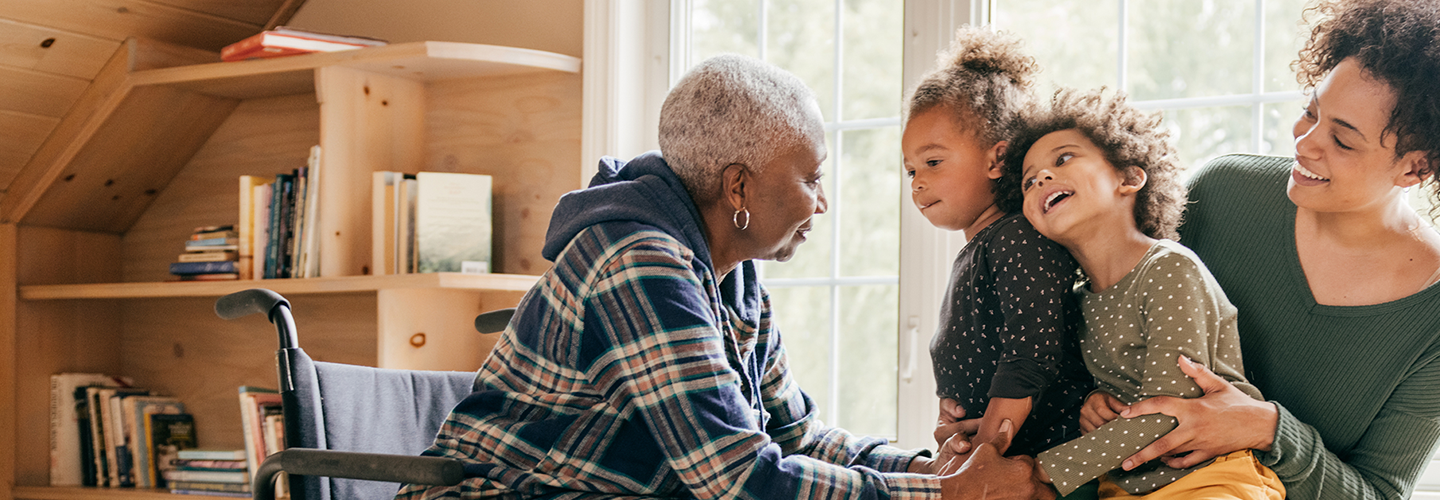How wealthy retirees can use this tool to free up cashflow
The ultimate goal for most Canadian retirees is making sure they have sufficient cashflow in retirement to support their lifestyle. Many, particularly those who don’t have regular retirement income or a pension, may be relying on selling their home to free up cash.
There is another option for older Canadians: a reverse mortgage.
Reverse mortgages aren’t new; they’ve been around since 1961 and are one of the most well-developed loan products in the mortgage industry. But they’ve also received a poor reputation over the years, due largely to misunderstanding and misuse. Here in Canada however, reverse mortgages are highly regulated to protect consumers. And as more people look for ways to age in place and fund their retirement, reverse mortgages are once again becoming more popular.
Here’s how a reverse mortgage works
While a conventional mortgage allows you to borrow money to buy a house, a reverse mortgage lets you access the equity in your property and convert it into payments directly to you. Intended for homeowners aged 55 years or older, a reverse mortgage allows you to borrow up to 55 per cent of the current value of your principal residence, while retaining ownership. (Note: There are currently just two financial institutions that offer reverse mortgages in Canada, neither of which are any of the five big banks).
The maximum amount you can borrow depends on your age, the appraised value of your home and your lender’s requirements. Where you live also factors into the percentage you’ll qualify for (i.e., large urban centres mean higher loan-to-value approvals versus smaller cities or rural properties).
Meet Sunita and Rahul
Sunita and Rahul are both 55 years old and live in Ottawa with a debt-free home worth $800,000. In this case, they may qualify for a loan of up to 30% of the equity value, meaning they could get a reverse mortgage of $240,000 ($800,000 x 30%).
Their neighbour Mary is a widow and 75 years old. Her home is also worth $800,000, but because of her age, she is likely able to receive the maximum loan-to-value approval of 55%. So, she could borrow a total of $440,000 ($800,000 x 55%).
Repayment requirements
Unlike a conventional mortgage, you don’t need to make regular payments, but you do have the flexibility to make interest-only payments or interest and some of the principal at any time. You must repay the loan when you move out of the home, sell it, or when the last borrower dies.
What about the costs?
A reverse mortgage includes many of the same costs as a traditional mortgage – appraisal, legal and administrative fees. It’s also important to note that interest rates on reverse mortgages are higher than other types of loans.
Reverse mortgages: pros and cons
Pros
✔ You can benefit from the wealth you’ve built up in your home without having to sell it
✔ You don’t need to make regular loan payments
✔ You don’t pay tax on the money you borrow
✔ You choose how to receive the money; a lump sum, a regular payment, or a combination of the two
Cons
✔ Interest rates are higher than other types of mortgages; because you don’t normally make any monthly payments against the loan, that interest compounds over time
✔ As the loan accumulates interest, the equity in your home will likely decrease over time
✔ There may be less money in your estate to leave to your children or beneficiaries
✔ You could be asked to repay the loan if you default on your mortgage conditions (e.g., fail to keep your home in good repair, don’t pay property taxes etc.)
Why reverse mortgages are becoming more popular
Traditionally, seniors have tended to downsize, selling the family home to move into a smaller home or into a retirement community. But thanks to changes in the baby boomer demographic (working longer, staying active and healthy) and the pandemic, more seniors want to keep their homes.
Add on the fact that fewer employers offer defined benefit plans and incomes have not matched inflation over the last few decades, and more Canadians are choosing to draw on the growth in their home’s equity to boost their income and ‘age in place’.
Reverse mortgages for the wealthy
While reverse mortgages were created for people who need to access a consistent cashflow source to fund retirement, you might be surprised to learn that reverse mortgages can be a valuable tool for high-net-worth individuals – particularly those who have much of their net worth tied up in investments, real estate or a corporation. If you need access to cash, a reverse mortgage helps you avoid selling off appreciating investment portfolios and allows you to access the equity in your home tax free.
Some people use this equity to:
- Gift to a child to allow them to purchase their first home
- Purchase an investment property or buy a condo they plan to live in later, but rent out in the meantime
- Cover the cost of in-home care so they don’t need to sell the house and move into a long-term care facility
- Have additional equity available in case they encounter an unexpected expense in the future (an unanticipated condo maintenance repair bill for example)
- Downsize and use the equity from the sale of their home to buy a smaller house with a reverse mortgage, resulting in no mortgage payment
Should you take out a reverse mortgage?
Choosing to take out a reverse mortgage depends on your situation – and your plans. If your home is increasing in value considerably, you plan to stay in your home for a long time, and you’re not planning to pass on the full equity in your home to your beneficiaries, it may be a good tool to free up cash flow to allow you to age in place. On the other hand, taking equity from your home could put your finances at risk.
Ultimately, taking out a reverse mortgage can be a useful tool to generate cash flow, but it’s a decision you should make in consultation with your Richardson Wealth Advisor.



